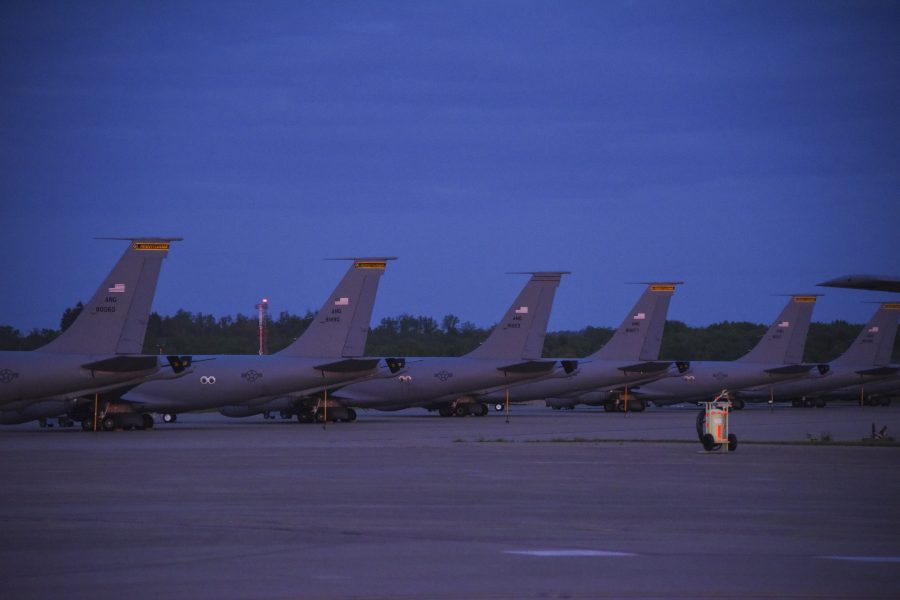A House panel plans to let the Air Force retire some of its KC-10s in a phased approach while blocking cuts to the KC-135 fleet over the next three years, with a caveat that allows the service to make its case for sending some of its oldest tankers to the boneyard.
The House Armed Services seapower and projection forces subcommittee’s markup of the fiscal 2021 National Defense Authorization Act requires the Air Force to maintain a minimum of 50 primary mission inventory KC-10s in 2021, 38 in 2022, and 26 in 2023. The bill also prohibits the Air Force from retiring any KC-135s from fiscal 2021 to 2023. The Air Force’s budget plan calls for cutting 16 of 59 KC-10s and 13 of 396 KC-135s.
However, the markup does give the Air Force some leeway. The language says the ban on retirements does not apply to “individual KC-135 aircraft that the Secretary of the Air Force determines, on a case-by-case basis, to be no longer mission capable” because of mishaps, damage, or “being uneconomical to repair.”
The KC-135 fleet is among the service’s oldest, at an average age of 57 years, and in fiscal 2019 KC-135Rs had a mission capable rate of about 72.5, about 7 percent less than the much younger KC-10A fleet.
When the Air Force rolled out its budget proposal in February, the service said it wants to retire eight KC-135s from the Active Duty and five from the Reserve, though it did not provide specific tails that it would target. A spokeswoman said the plan is to retire the “least ready” aircraft. Under the bill’s language, the service could move forward with that plan if it could make a persuasive enough case that repairing its worst-off Stratotankers would not be economical.
The adoption of provisions to block most of the planned cuts means U.S. Transportation Command largely prevailed over the Air Force in its efforts to keep aging tankers around. The command in February asked lawmakers to keep 23 of the 29 tankers the service wanted to cut.
In its markup, the House panel also raised skepticism about the service’s plan to bring on the KC-46, which is undergoing initial operational test and evaluation even though the aircraft has three category one deficiencies that limit how it operates. The service wants to finish IOT&E and move to full-rate production in 2021, but the aircraft still will not be operationally capable. This decision “should be carefully considered by the milestone decision authority,” the markup states.
The marks calls on the Air Force to provide a briefing to the committee before the KC-46 goes into full-rate production, detailing how the service would mitigate the concurrency of development with these category one deficiencies and full-rate production.
While the KC-46 program lags, the Air Force is exploring awarding contracts to private companies to provide aerial refueling for exercises, training, and testing. The markup calls on the U.S. Comptroller General to review the Defense Department’s use of contract refueling and tactical aviation services. Specifically, the committee wants to know how the Air Force uses private refueling, including the costs associated with it and industry’s capability. The report should address total tanker support needed for training missions based on the Air Force’s KC-46 timeline, according to the legislation.
Editor’s note: This story was updated on June 24 to correct the dates of proposed KC-10 retirements.


